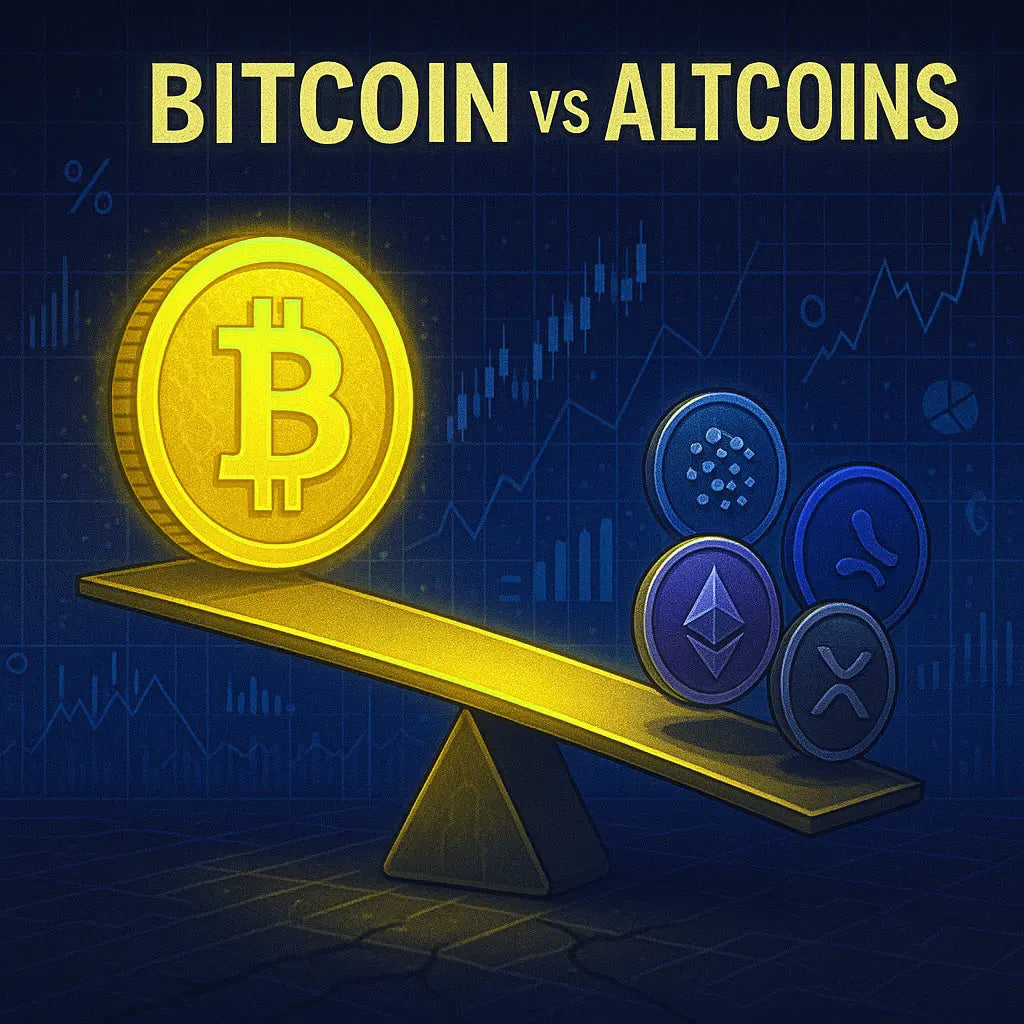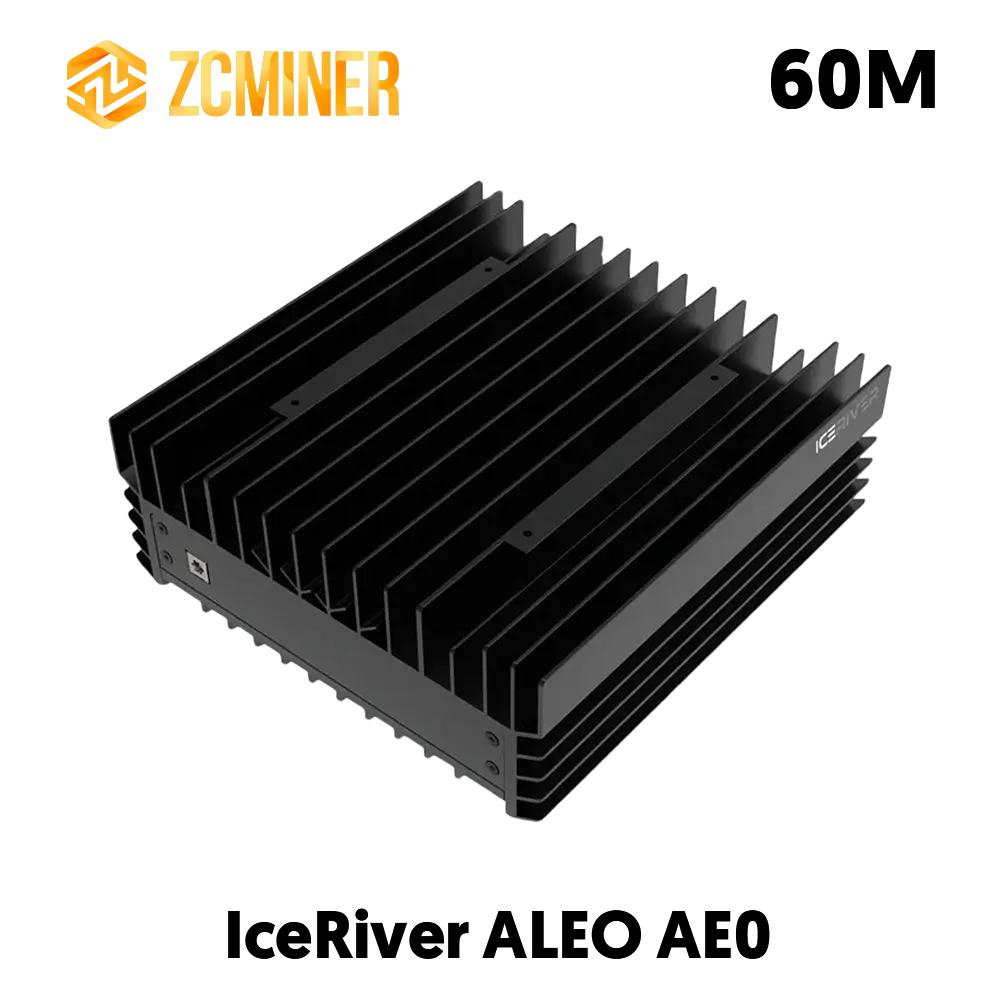OVERVIEW
Throughout the years, users all across the world have come to accept cryptocurrencies. Thanks to the first cryptocurrency, Bitcoin, which demonstrated that cryptocurrencies are capable of strategic investment and are much more than just price volatility. This resulted in the development of a plethora of other cryptocurrencies that are now superior to Bitcoin.
Which are the finest possibilities among the thousands of alternative cryptocurrencies available? Are they financially worthwhile? Or should we just favour Bitcoin? The potential of Bitcoin, the potential of other cryptocurrencies, and the main distinctions between them will all be covered in this blog.
A Brief Overview of Bitcoin
The first and most well-known cryptocurrency that is intended to function as money without the need for middlemen like banks, financial organisations, or other authorities is called Bitcoin (BTC). A developer or group of developers going under the name Satoshi Nakamoto introduced it in 2008. Bitcoin quickly rose to the top of the cryptocurrency market, opening the door for the creation of numerous other new ones.
On January 3, 2009, the first Bitcoin block, known as Block 0, was mined. In 2009, 50 additional Bitcoins were awarded as mining prizes to the miners who worked on the Bitcoin block. Every 210,000 blocks, or about 4 years, Bitcoin underwent an event known as the Bitcoin halving. The Bitcoin mining payouts were cut in half after each halving. Since the fourth halving in April 2024, the current mining rewards for Bitcoin are 3.125 BTC.
The smallest unit, called a Satoshi, is equivalent to one hundred millionth of a Bitcoin. A single Bitcoin can be divided into eight decimal digits. Blockchain technology, a publicly accessible distributed ledger that keeps track of every Bitcoin user's transactions, powers the cryptocurrency. Blocks of newly created transactions are linked to a series of blocks that include prior Bitcoin transactions.
A Brief Overview of Altcoins
All cryptocurrencies other than Bitcoin, the original cryptocurrency, are referred to as altcoins. However, as the majority of cryptocurrencies are forked from either Bitcoin or Ethereum, some people assert that altcoins are all cryptocurrencies other than these two.
In contrast to more established cryptocurrencies like Bitcoin and Ethereum, the majority of these altcoins use distinct consensus techniques to verify transactions. As a result, they give users more options to consider. Frequently, each altcoin is made to fulfil a certain function.
These altcoins have a specific function since they are forks of Ethereum or Bitcoin. Numerous cryptocurrencies have distinct functions on their own blockchains. On the Ethereum network, for instance, transaction costs are paid with ether. In an effort to compete with Bitcoin as a payment method, some developers have also forked the code of Bitcoin to produce alternative cryptocurrencies like Bitcoin Cash.
Altcoins are frequently created to overcome the unique drawbacks of the blockchain or cryptocurrency with which they are competing. To address the potential disadvantage of Bitcoin's high energy consumption, for example, the first cryptocurrency, Litecoin, which was forked from the Bitcoin network, uses a new consensus process called Scrypt.
A Comparison of Altcoins and Bitcoin

Altcoins and Bitcoin differ greatly from one another. We can examine the distinctions from a number of angles. Let's compare Bitcoin and altcoins from a single point of view.
By market share, Bitcoin continues to be the most well-known and significant cryptocurrency, with Ethereum trailing closely behind. The rest of the cryptocurrency market is made up of altcoins. Bitcoin has a bigger market share because it is a well-known investment alternative. On the other hand, cryptocurrencies frequently have lower prices but provide more room for experimentation and innovation.
You can determine which cryptocurrency or Web3 platform best fits your objectives by comparing Bitcoin and altcoins based on a number of criteria. Here are some significant distinctions between altcoins and bitcoin based on several criteria.
1. The value of the market
The first and most important factor would be contrasting Bitcoin with other cryptocurrencies according to their popularity and market capitalisation. With a substantial market capitalisation of more than $1 trillion, Bitcoin clearly prevails in this category.
However, because to its global growth, Bitcoin has emerged as a viable choice for cryptocurrency investors. Since many companies accept Bitcoin as payment, users can use it to buy goods and services.
However, in order to compete with Bitcoin, altcoins must overcome a number of obstacles. For example, Bitcoin has a far larger market capitalisation than all cryptocurrencies combined. As a result, altcoins are less well-known than Bitcoin in the majority of nations worldwide.
2. Motivation
Bitcoin's decentralised structure is well-known. The primary goal of Bitcoin is to facilitate safe and anonymous transactions. From this vantage point, Bitcoin can be likened to altcoins. It was created as a substitute digital currency for conventional fiat money.
Let's look at Ethereum as an illustration of the motivation behind cryptocurrency. Ethereum is a useful platform for creating smart contracts that, when certain conditions are satisfied, run automatically. In addition, altcoins facilitate a broad range of applications and provide benefits like quicker transactions and the capacity to replicate physical assets.
3. Technology
Let's now examine how Bitcoin and altcoins differ from one another in terms of the technology that supports them. It's critical to understand that mining is the main technique used by both Bitcoin and altcoins to validate transactions and add new blocks. Their consensus mechanisms and mining procedures, however, can differ greatly.
The Proof of Work (PoW) consensus process is how Bitcoin verifies transactions. This method uses a lot of energy and a lot of processing power to solve complicated mathematical problems and validate transactions.
One of the main points of contention in the Altcoins vs. Bitcoin discussion is the Proof of Work consensus, which is implemented in Bitcoin and results in higher fees and longer transaction times. Different consensus techniques, including Proof of Stake, Proof of Authority, and Delegated Proof of Stake, can also be used by altcoins.
Altcoins' various consensus techniques guarantee increased scalability, quicker transaction speeds, and cheaper transaction costs.
4. Financial commitments
What distinguishes Bitcoin as an investment vehicle from other cryptocurrencies? Compared to altcoins, Bitcoin is simpler and more convenient to use anywhere because it was created and accepted globally. Furthermore, it has the potential to be a store of value similar to gold due to its set supply and artificially created scarcity. Lastly, compared to other smaller Altcoins, Bitcoin is a dependable investment because to its substantial market capitalisation and solid track record.
However, because altcoins are creative, they give investors new options. The possibilities for blockchain applications are expanded by their distinctive qualities and technological developments. As a result, a lot of investors are drawn to altcoins and are inspired to investigate the prospects and potential in the cryptocurrency field.
When comparing the possible difficulties of investing in Bitcoin and altcoins, we find that Bitcoin has unique difficulties because of its extreme price volatility. Before making an investment, investors should be mindful of price changes. Unlike altcoins, which have a wide range of distinct uses, Bitcoin frequently has a limited range of uses.
Investing in altcoins presents several difficulties, like as price swings and a lack of broad acceptance. Additionally, there is a risk of unpredictability because the majority of cryptocurrencies are still in their growing period.
Important distinctions between altcoins and bitcoin
For your convenience, let's now quickly review the main distinctions between Bitcoin and altcoins.
Important distinctions between altcoins and bitcoin
For your convenience, let's now quickly review the main distinctions between Bitcoin and altcoins.

Investment Factors: Bitcoin vs. Other Cryptocurrencies
When investing in Bitcoin and other cryptocurrencies, keep the following points in mind.

1. Dangers and Benefits
For long-term investments, Bitcoin is frequently seen as secure. Compared to a number other altcoins, it is less volatile. Additionally, it is well recognised by companies all around the world.
High returns are offered by altcoins. However, because the prices are so volatile, there are significant dangers involved.
2. A Portfolio That Is Diversified
Diversification of the portfolio can be achieved by holding a combination of Bitcoin and other altcoins.
On the other hand, excessive exposure to low-cap cryptocurrencies might significantly raise your risk.
3. The Regulatory Prospects
Businesses, financial institutions, and governments all recognise and accept Bitcoin.
Particularly for tokens that mimic securities, altcoins may face greater regulatory ambiguity.
4. Utility and Adoption
The fact that Bitcoin is currently recognised by many retailers and included in financial instruments like exchange-traded funds (ETFs) demonstrates how widely accepted it is.
A lot of altcoins are still speculative and not very popular.
Bitcoin and Altcoins' Future
Like digital gold, Bitcoin, the original and most well-known cryptocurrency, is becoming more widely acknowledged as a store of value. Because of its decentralised structure and restricted supply, it acts as a hedge against monetary instability and inflation, which has increased institutional interest and led to its integration into more established financial institutions like national reserves and exchange-traded funds (ETFs).
On the other hand, altcoins are propelling innovation throughout the blockchain industry. Platforms such as Polkadot, Solana, and Ethereum are laying the groundwork for Web3 applications, non-fungible tokens (NFTs), and decentralised finance (DeFi). It is anticipated that these technologies would revolutionise sectors such as identity management, gaming, and banking.
Altcoins are expected to thrive in industries requiring scalable solutions and smart contract capabilities, even though Bitcoin may continue to dominate wealth preservation and macroeconomic storylines. Growth will be primarily driven by enhanced scalability, regulatory certainty, and blockchain interoperability.
A more open, transparent, and decentralised global economy may result from these crypto assets' cooperation and coexistence.
FINAL RESULTS
Anyone thinking about investing in cryptocurrencies must comprehend the distinctions between Bitcoin and altcoins. Bitcoin remains a leading store of value and a representation of decentralised finance due to its well-established reputation, fixed supply, and secure network. For long-term investors looking for digital gold, it is the best option because it provides stability and trust.
In contrast, altcoins are an example of blockchain innovation. Altcoins greatly increase the usefulness of cryptocurrencies beyond what Bitcoin was intended to do, from smart contracts and decentralised finance to games and privacy solutions. Because of their volatility and varied technology stacks, they incur larger risks even as they have greater potential returns.
It would be more realistic to consider Bitcoin and altcoins as complementing elements of an expanding ecosystem rather than rivals.











Leave a comment
This site is protected by hCaptcha and the hCaptcha Privacy Policy and Terms of Service apply.